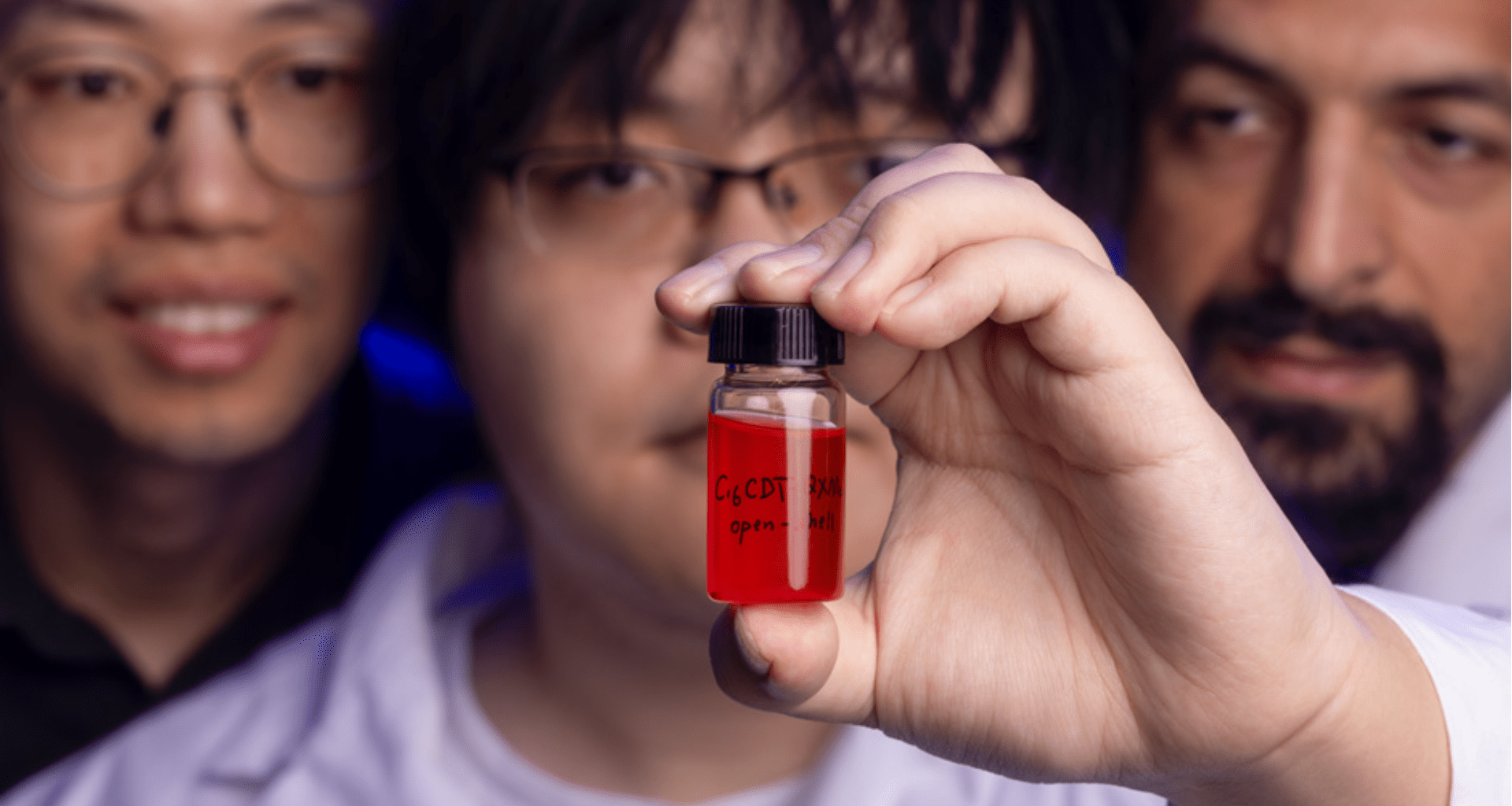A team of scientists from the University of Miami, in collaboration with two professors from Georgia Institute of Technology and University of Rochester, have developed a new kind of molecule that could revolutionize the chip making industry by replacing silicon or metal, which are currently integral raw materials in the production of computer chips.
The researchers have shared “what they believe is the world’s most electrically conductive organic molecule,” as per a statement released by the university. The study signals a novel possibility of manufacturing smaller, more powerful computing devices which are composed of chemical elements found in nature—mostly carbon, sulfur, and nitrogen.
Over the past five decades, the number of transistors on a chip has consistently doubled approximately every two years. However, as silicon-based electronics approach their physical limits, further miniaturization using traditional technologies is becoming increasingly difficult. This was a challenge Kun Wang, a physicist at the University of Miami, and his team aimed to solve. The researchers looked into how to use tiny molecular structures to conduct electricity.
Molecular electronics may help push past silicon’s limits
“So far, there is no molecular material that allows electrons to go across it without significant loss of conductivity. This work is the first demonstration that organic molecules can allow electrons to migrate across it without any energy loss over several tens of nanometers,” Wang explained.
According to him, the team’s molecules are stable under normal, everyday conditions and deliver the highest known electrical conductance across molecular lengths previously thought impractical. This breakthrough could pave the way for classical computing devices to become not only smaller and more energy-efficient but also more affordable to manufacture.
In most cases, a molecule’s ability to conduct electrons drops sharply as its size increases. But the newly developed molecular “wires” defy this trend, acting as essential pathways for transferring, processing, and storing information in the next generation of computing.
“What’s unique in our molecular system is that electrons travel across the molecule like a bullet without energy loss, so it is theoretically the most efficient way of electron transport in any material system,” Wang noted. “Not only can it downsize future electronic devices, but its structure could also enable functions that were not even possible with silicon-based materials.” he added.
New molecule boosts conductivity and miniaturization
This exceptional efficiency not only has the potential to shrink future electronic devices but also opens the door to entirely new functions that silicon-based materials can’t achieve.
“In terms of application, this molecule is a big leap toward real-world applications. Since it is chemically robust and air-stable, it could even be integrated with existing nanoelectronic components in a chip and work as an electronic wire or interconnects between chips,” said Mehrdad Shiri, a member of the research team and a graduate student at Miami University.
In addition, the materials required to create the molecule aren’t expensive, and it can be synthesized in a lab. This molecular system operates in ways that current conventional materials cannot, offering new properties that could enhance the power and energy efficiency of computing devices without increasing costs.
“The ultra-high electrical conductance observed in our molecules is a result of an intriguing interaction of electron spins at the two ends of the molecule. In the future, one could use this molecular system as a qubit, which is a fundamental unit for quantum computing,” Wang stressed.
The study has been published in the Journal of the American Chemical Society.
